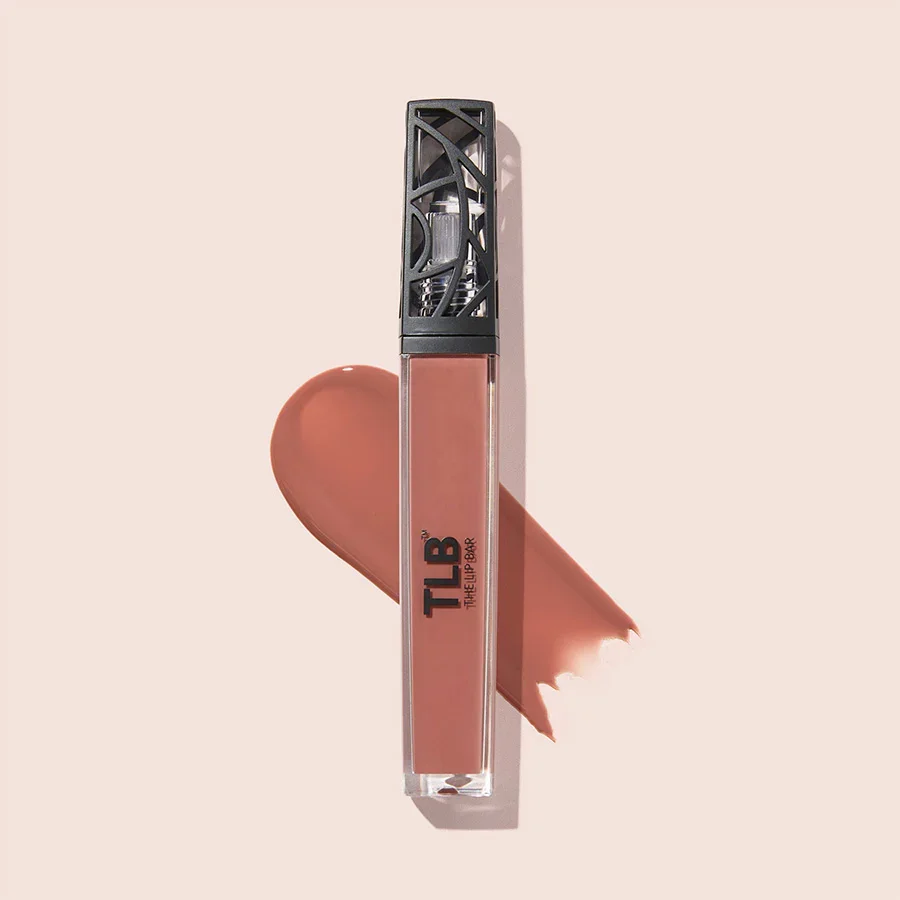
Sleeveless season is here! It’s time to shed the layers for tank tops and spaghetti-strap dresses. But now that your armpits are on full display this summer, have you noticed any skin discoloration in your underarm area? Well, the formal term for the discoloration and those dark patches is called hyperpigmentation.
According to the American Osteopathic College of Dermatology, hyperpigmentation is a common (yet harmless) condition that “causes parts of the skin to become darker in color than the normal area surrounding the skin.” Hyperpigmentation or dark spots are more prominent in people of color, due to an excess of melanin.
As you’re applying your daily swipes of deodorant and shaving regularly to rock your bare arms this summer, don’t forget that this delicate underarm area deserves a bit of TLC too. To help uncover why some people experience armpit discoloration and, most importantly, how to treat it, we reached out to Dr. Alicia Barba of the Miami-based Barba Dermatology and Barba Skin Clinic for all things hyperpigmentation. With her tips, you’ll be well on your way to showing off your sleeveless ‘fits this summer, without feeling insecure about dark armpits.
1. First, what causes underarm hyperpigmentation, particularly in women of color?
“Patients often come to me with hyperpigmentation issues, which can occur when the skin is irritated,” Dr. Barba tells ESSENCE. “A major issue with underarms is that that area of skin is usually rubbing against something else. Whether it’s your hair, skin or clothes, or even friction from underarm shaving or waxing, all those factors can affect the pigment in your underarms.”
Dr. Barba also suggests that shaving and waxing can contribute to armpit discoloration, due to a higher chance of inflammation from the ripping and pulling of coarse hair from the skin.
“The skin can have an inflammatory reaction, which stimulates pigment-making cells to generate more pigment and make the skin darker,” she explains. “Sometimes it’s even genetic. Darker skin types do reflect darker skin under the arms and groin area.”
2. Can you explain in more detail how improper shaving techniques can lead to armpit discoloration?
“Shaving without some sort of lubrication, whether it’s a cream or your body cleanser, can add to the friction and further irritate the skin,” adds Dr. Barba. “[Shaving without lubricant] can lead to inflammation, causing rashes or pigmentation issues.”
Dr. Barba also advises against applying too much pressure when shaving with a razor, especially when attempting to get a closer shave.
“This actually causes more irritation that can then cause hyperpigmentation or staining of the underarm skin,” says Dr. Barba. “Leaving your razor in the shower is also a big red flag, as this can lead to rust or bacteria build-up, which can cause frustrating underarm issues. Lastly, never share razors with anyone, including close relatives.”
3. So then, how would you advise someone to shave to avoid discoloration or bumps in the armpit area?
“Since there is constant friction, you want to be sensitive and handle the area with care at all times,” Dr. Barba recommends. “When shaving, ensure you’re using fresh razors and lubricant. Your deodorant choice is also extremely important. Choose one that provides daily care for this sensitive skin. My go-to is Dove Advanced Care Clear Tone, it’s one-fourth moisturizers and ingredients like calendula and sunflower seed oil to help calm the skin and restore it to its natural tone. It comes in [both] a stick and spray format.”
If you prefer waxing or laser hair removal as opposed to shaving, Dr. Barba suggests going to a professional laser expert who knows how to treat this delicate area of the skin. Keep in mind, though, that not all laser clinics have the proper capabilities or technology to accommodate different skin tones, hair colors and hair thickness. For those of us who have darker skin, the temperature of the laser and the type of laser itself is extremely important when it comes to treatment. If a doctor or laser expert uses the wrong type or temperature, it can lead to severe scarring.
4. Beyond laser treatment, what are some ways a dermatologist can assist with severe armpit discoloration?
Dr. Barba suggests that there are a few initial questions that dermatologists ask themselves before determining a method of treatment:
— What’s the underlying cause of the pigmentation?
— Where is the pigmentation?
— Why are there dark spots, and is it acne?
— Is it a sign of an underlying medical disorder like diabetes, or is it melasma, which tends to be more chronic?
“Not all pigmentary disorders are the same and it is important to find the cause,” explains Dr. Barba. “The treatment always revolves around protecting diligently from the sun, wearing sunscreen religiously, stopping hormones if necessary and using a combination of bleaching agents with rotating active ingredients.”


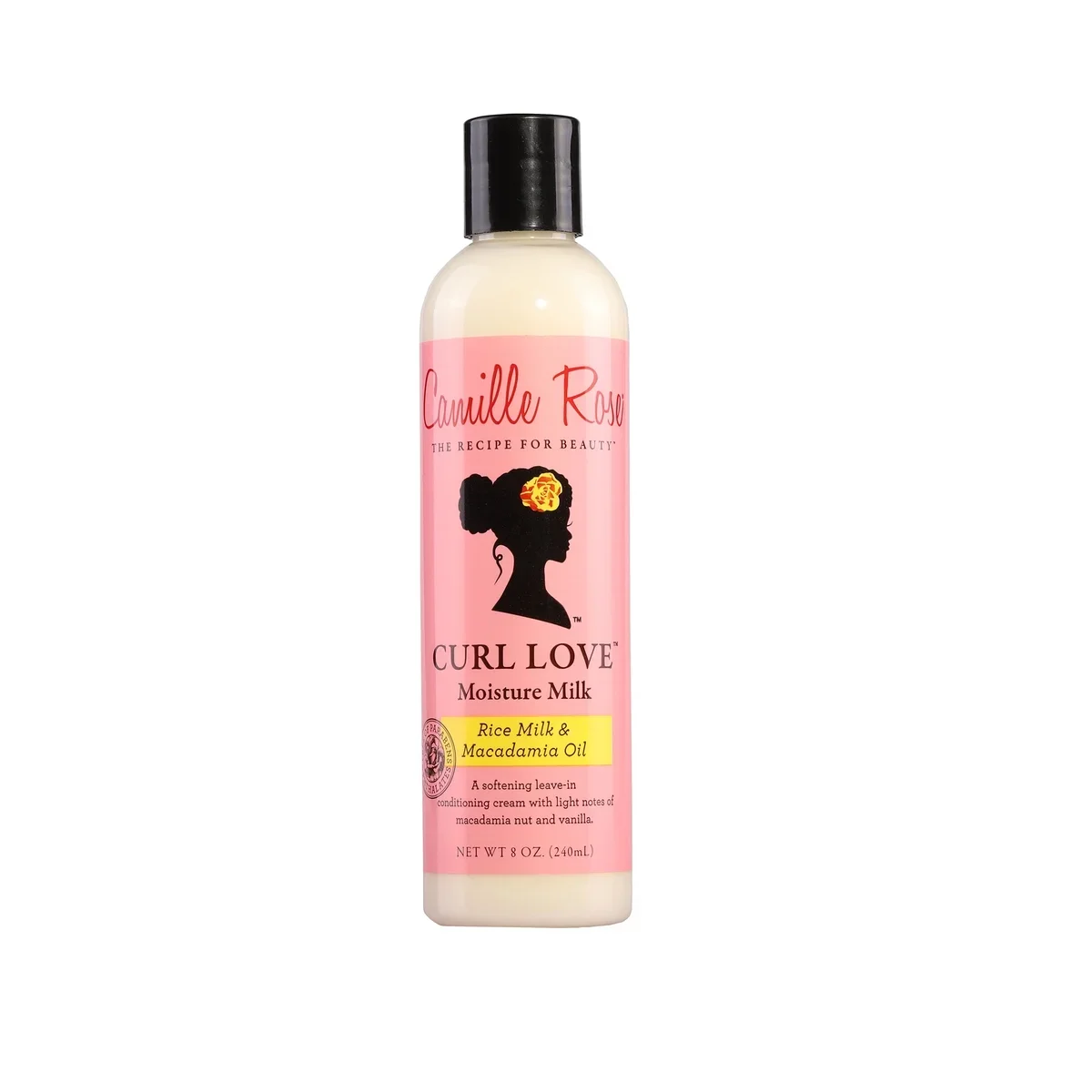
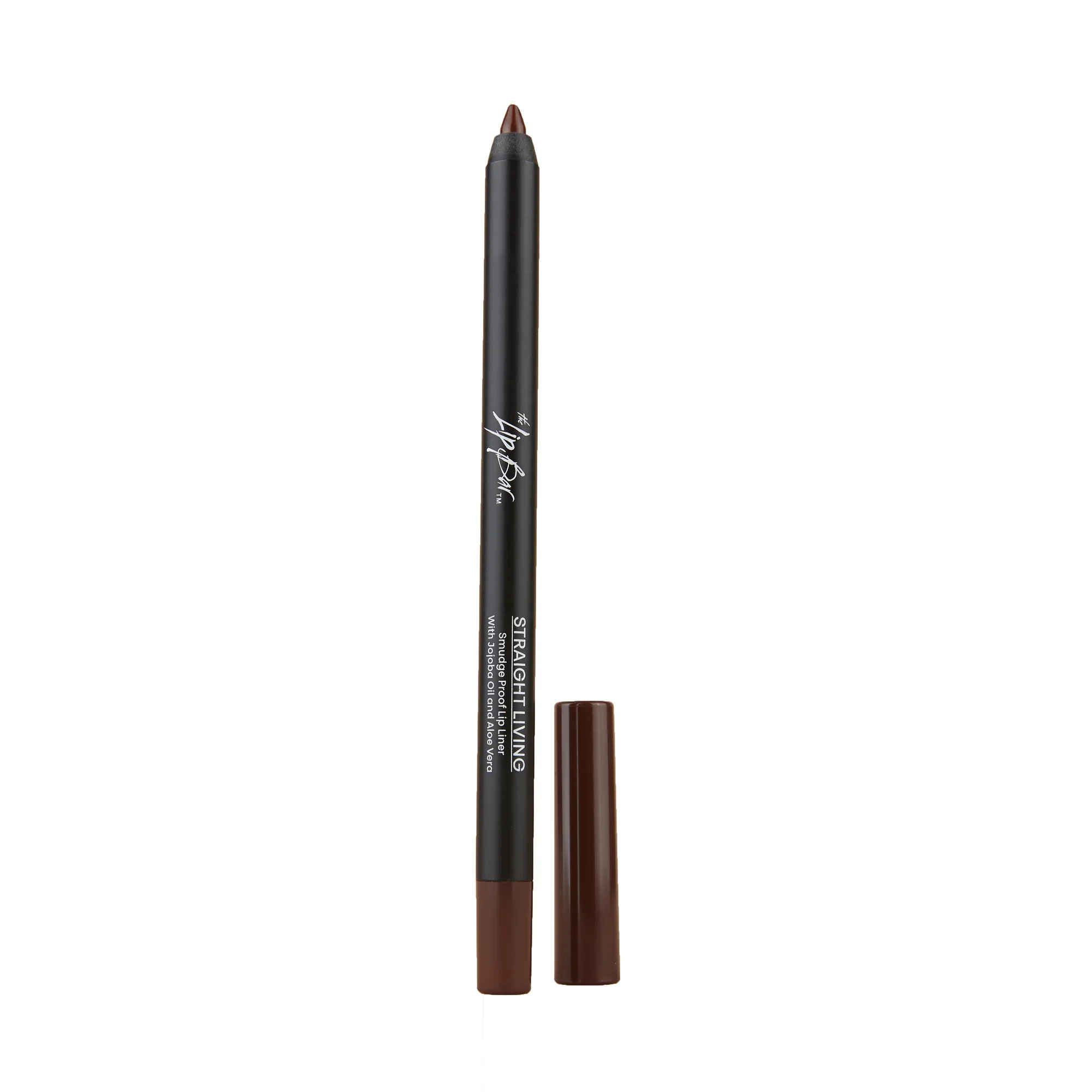
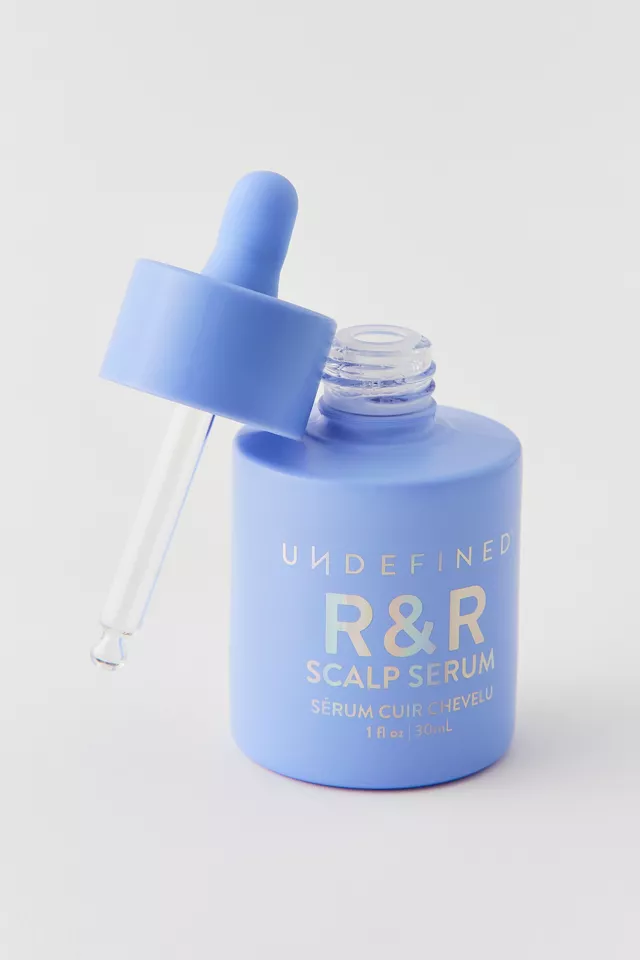
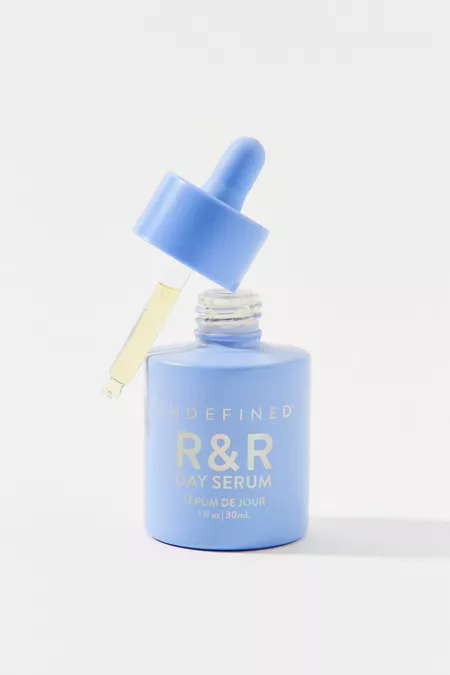

5. For those who can’t afford laser treatments, are there any home remedies that can prevent a recurrence of armpit hyperpigmentation?
“There are a lot of active ingredients like folic acids, blueberry extract, licorice extract and azelaic acid that can help brighten the skin,” Dr. Barba suggests. “However, skin under the arms is notoriously super sensitive. The ingredients you can tolerate on your face may not be tolerated on a daily basis under your arms. There are also prescription product options.”
But, ultimately, Dr. Barba recommends speaking with your dermatologist for the best course of action.
